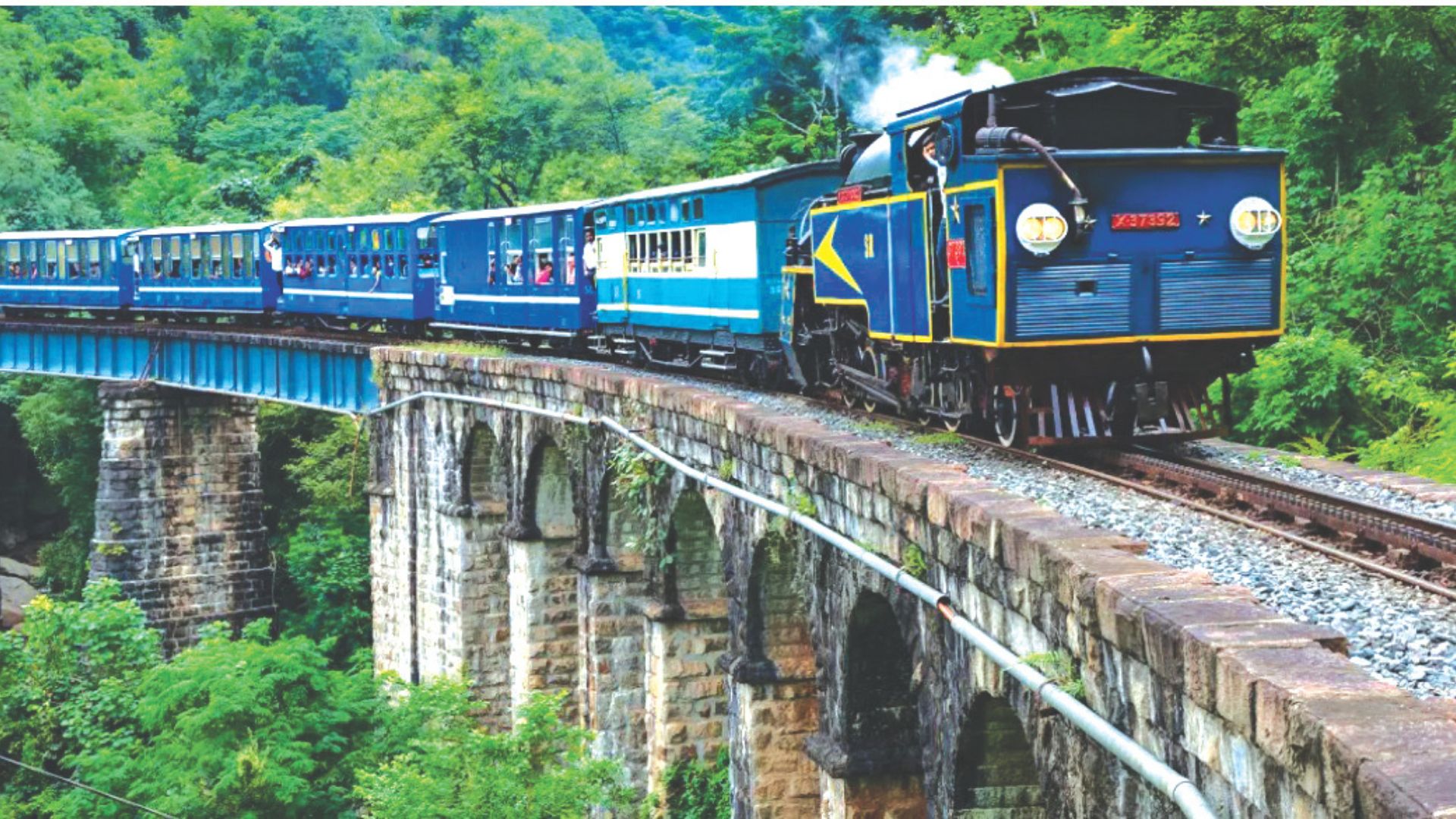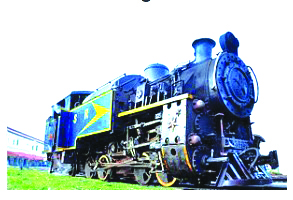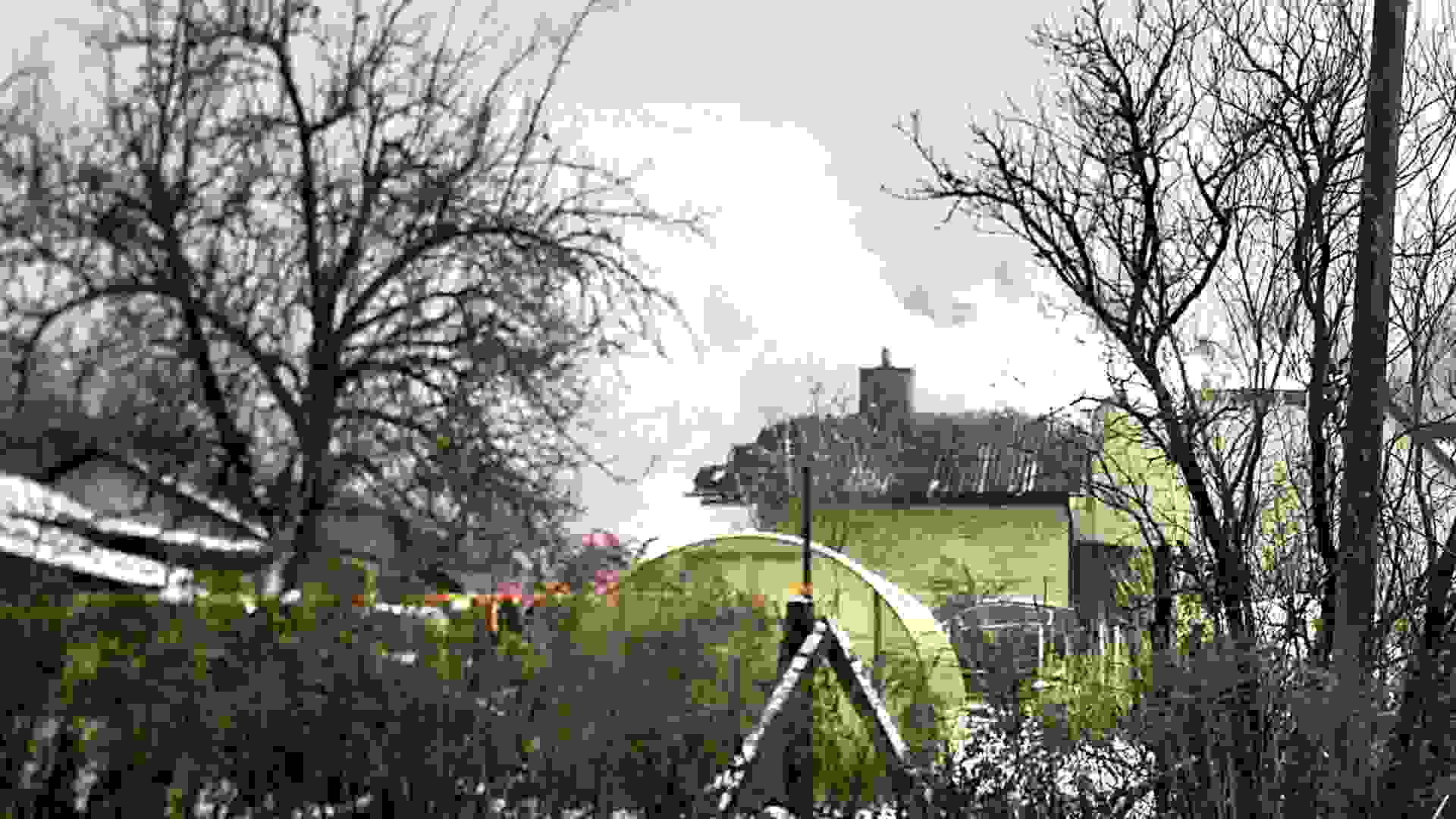
A tourist can discover the thrill of riding a wondrous toy train, which provides an aperture to panoramic vistas during the five-hour journey from Mettupalayam to Ooty.
Ooty, a fabled travel getaway can be reached by road or rail. However, boarding the toy train provides a singular experience as there is an abrupt romance in the air and a spring in the step. It is veritable love at first sight as a tripper travel from Ooty to Ketti, crisscrossing the celebrated Nilgiri Mountains. The train navigates tunnels, curves and bridges.
Traversing a distance of 46km from Mettupalayam at the foothills to Ooty on the lofty peak, a tripper carouses breathtaking views of terraced, green, tea plantations, steep valleys and towering, swaying trees. For its sheer majesty, this enthralling expedition has been appropriately designated as a UNESCO World Heritage Site.
The toy train service first commenced operations between Coonoor and Mettupalayam in1899 (which certainly seems aeons ago). This was to link the army establishment of the sovereigns based at Wellington.
However, commercial reasons weighed on the minds of the railway mandarins and this alluring and spellbinding line was extended up to Ooty in the year 1908 to cross subsidise railway operations and also to extend the empire beyond Coonoor, to Ooty. The maiden passenger service was initiated on 15 October, 1908 between Ooty and Coonoor.
Ooty was a largely British town in pre-independence India, far from the heat and humidity of the Madras Presidency. Alfred Tennyson referred to this place as the “sweet half-English air of Neilgherry”.

There are several attractions to witness – a spectacular mountain range, a hop at Coonoor and eventually visit Ooty while travelling by the amazing rack and pinion rail system. A few years back there was a change in traction from steam to diesel as the train traversed between Coonoor and Ooty, which led to protests by the local denizens.
Whenever the train abruptly comes to a grinding halt, passengers pluck flowers from trees with glee.
During every start on the hill slopes the engine invariably gives a jerk while gaining momentum to push the train from the rear. After travelling three or four kilometres in the hills, occasionally the train comes to a sudden halt as a lofty eucalyptus tree would have fallen on the tracks and the process of cutting and salvaging work to restore traffic would be in progress.
The first two stations, Lovedale and Ketti, are buried deep in the woods. Tall, thick eucalyptus trees surround the idyllic stations.
It isn’t merely the town names which are evocative of the British Raj. Old semaphore signals are fixed on the route, and not the modern electric signals. Drivers hand in a bamboo hoop with a metallic tablet at every station – this “token” is a testimony to ensure the arrival of the train.
Post a relaxed chugging on the plain, the train crawls into the station premises of Ooty sometime late in the afternoon. The sightseer looks back at the misty silhouette of the Nilgiris in the distance which by now have carved an indelible impression on the mind.
“It is good to have an end to journey toward; but it is the journey that matters, in the end,” writes American fantasy author Ursula K. Le Guin.
Ravi Valluri is working as the CEO of Chhattisgarh Est Railway Ltd. He is the author of Bombay Review and Other Stories.















